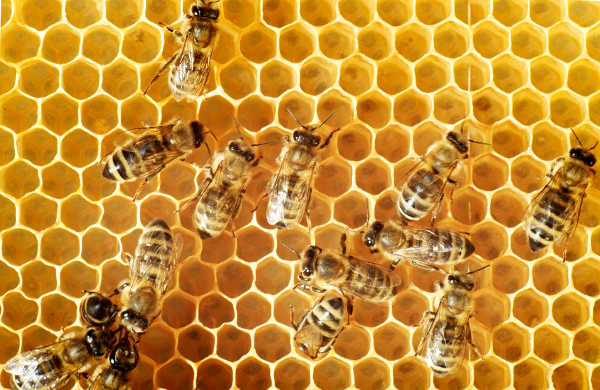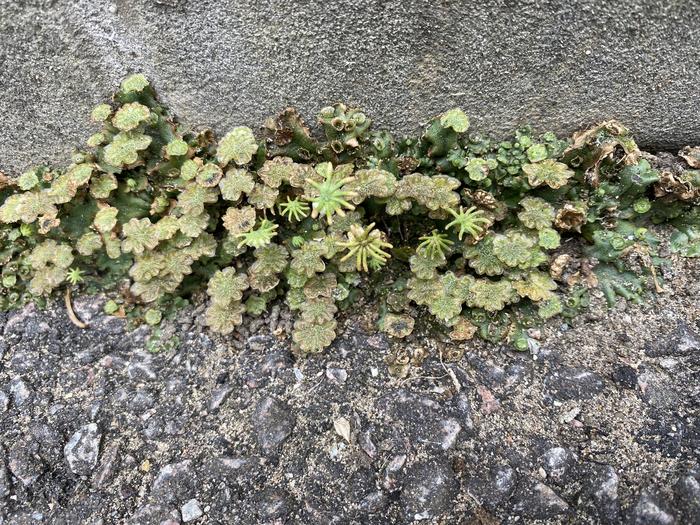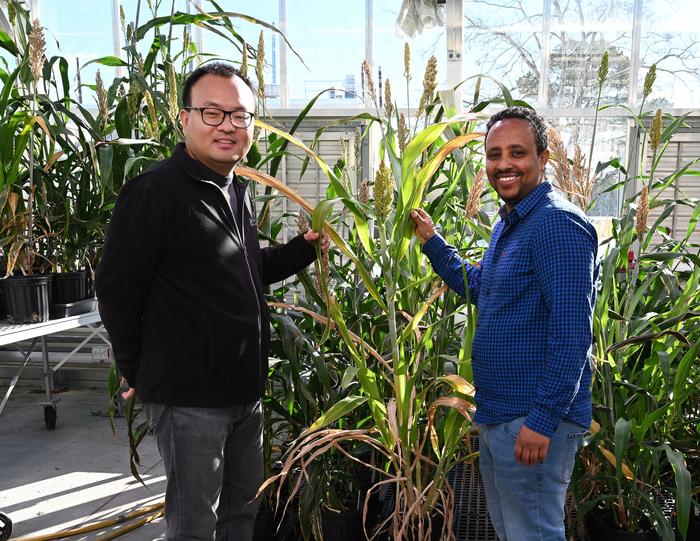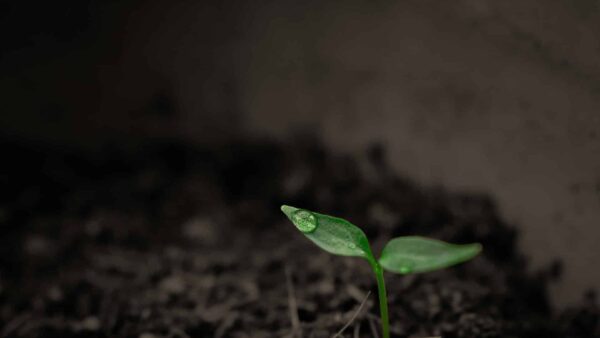New research from a team of researchers headed by Florida State University postdoctoral researcher Jane Ogilvie is helping explain the link between a changing global climate and a dramatic decline in bumblebee populations worldwide. For some bumble bees, a changing climate means there just aren’t enough good flowers to go around.
“Declining bumblebee populations should be a warning about the expansive detrimental effects of climate change,” Ogilvie says. “Bumblebees have annual life cycles, so their populations show responses to change quickly, and many species live in higher altitude and latitude areas where the change in climate is most dramatic. The effects of climate change on bumblebees should give us pause.”
On the surface, these climatic changes may seem like a boon to bumble bees — a longer flowering season might suggest more opportunity for hungry bees to feed. However, the researchers found that as snow melts earlier and the flowering season extends, the number of days with poor flower availability increases, resulting in overall food shortages that are associated with population decline.
While this research helps confirm the long-presumed connection between climate change and bumble bee population decline, the findings also indicate a more difficult path for conservationists than previously anticipated.












